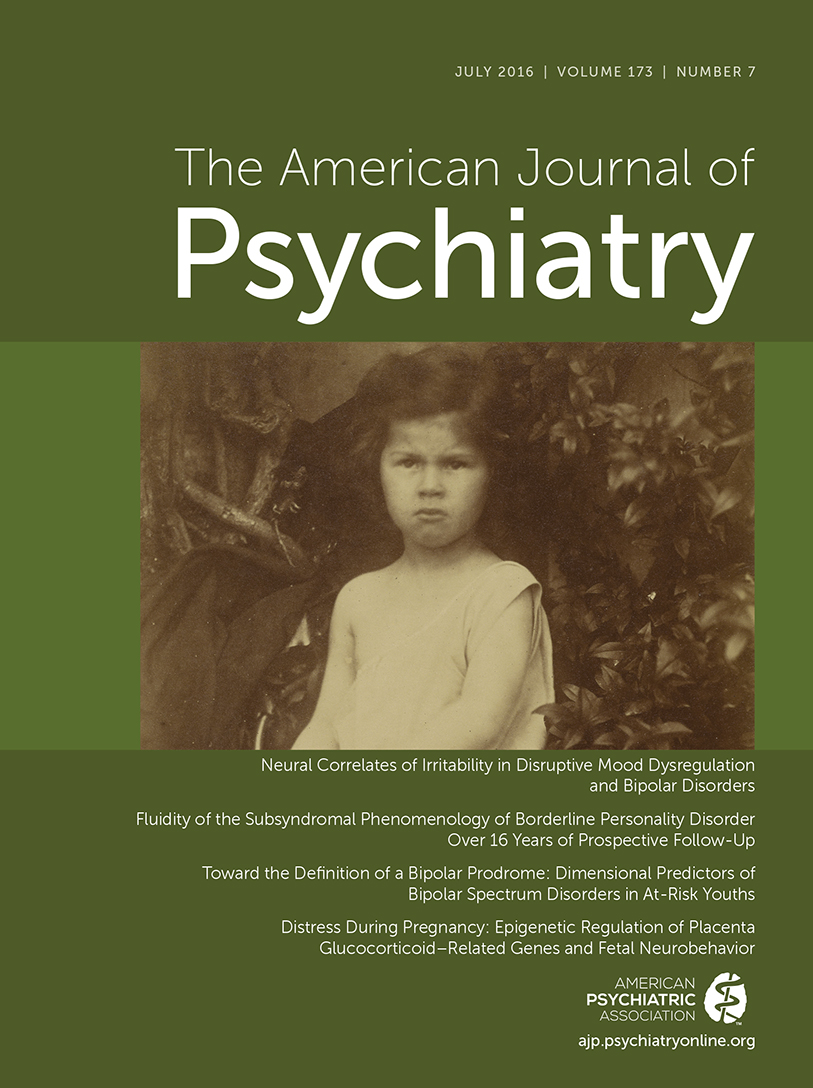Response to de la Fuente-Sandoval: Challenges Measuring GABA Levels in Patients With Psychosis
To the Editor: We certainly agree with Dr. de la Fuente-Sandoval that the field would benefit from simultaneous investigations within the same subjects of two cortical areas: the medial prefrontal cortex, and a dorsal region such as the dorsal anterior cingulate cortex or the dorso-lateral prefrontal cortex. In our experience, however, this is not an easy task primarily because of the prolonged scanning time required for GABA acquisitions with a J-edited sequence at 3-T. Other methods are now available for acquiring GABA data that may reduce scanning time substantially due to shortened echo time (e.g., [1]). However, we remain skeptical of the accuracy of the processing methods to extract the GABA signal at 3-T without subtraction of the creatine signal. We also agree that phase of illness may be a critical determinant of whether one observes increased or decreased GABA values in patients with psychosis. Marsman et al. (2) found reductions of GABA in the medial prefrontal cortex of patients with chronic schizophrenia, as opposed to the increases found in untreated patients (3) and in ultra-high-risk individuals (4). These findings may be compatible with a recent positron emission tomography study (5) that found that only neuroleptic-naive patients had elevated baseline flumazenil binding, possibly reflecting increased GABA levels.
We would also like to raise some notes of caution. Measurements in the medial prefrontal cortex are never as high a quality as those in the anterior cingulate cortex because of linewidth widening caused by susceptibility artifacts (the threshold for rejecting a spectrum in [4] was 20 Hz, compared with 10 Hz in our experience in the dorsal anterior cingulate cortex). Samples of untreated patients in initial illness phase are still of limited size, and results may be driven by statistical outliers (e.g., see Figure 4 in [3]). In summary, we would not be surprised if further studies would not support elevations of GABA in medication-naive patients with psychosis in the medial prefrontal cortex.
1 : Unedited in vivo detection and quantification of γ-aminobutyric acid in the occipital cortex using short-TE MRS at 3 T. NMR Biomed 2013; 26:1353–1362Crossref, Medline, Google Scholar
2 : GABA and glutamate in schizophrenia: a 7 T ¹H-MRS study. Neuroimage Clin 2014; 6:398–407Crossref, Medline, Google Scholar
3 : Elevated prefrontal cortex γ-aminobutyric acid and glutamate-glutamine levels in schizophrenia measured in vivo with proton magnetic resonance spectroscopy. Arch Gen Psychiatry 2012; 69:449–459Crossref, Medline, Google Scholar
4 : Cortico-striatal GABAergic and glutamatergic dysregulations in subjects at ultra-high risk for psychosis investigated with proton magnetic resonance spectroscopy. Int J Neuropsychopharmacol 2015; 19:pyv105Crossref, Medline, Google Scholar
5 : In vivo measurement of GABA transmission in healthy subjects and schizophrenia patients. Am J Psychiatry 2015; 172:1148–1159Link, Google Scholar



